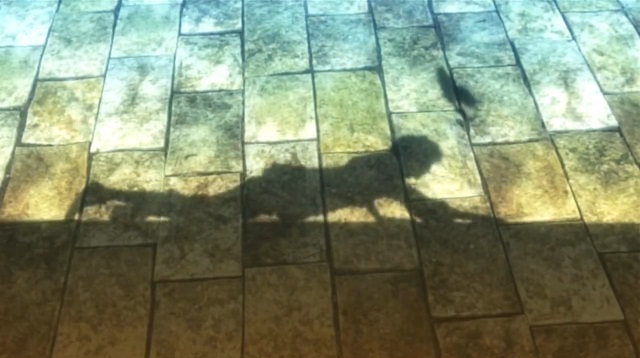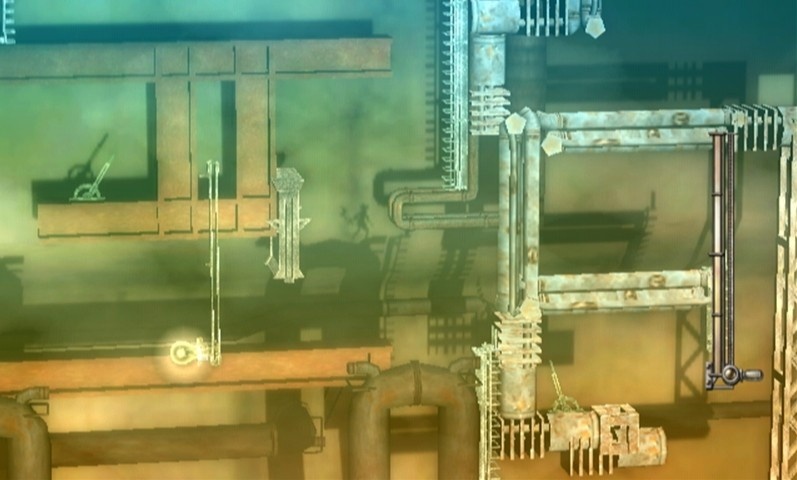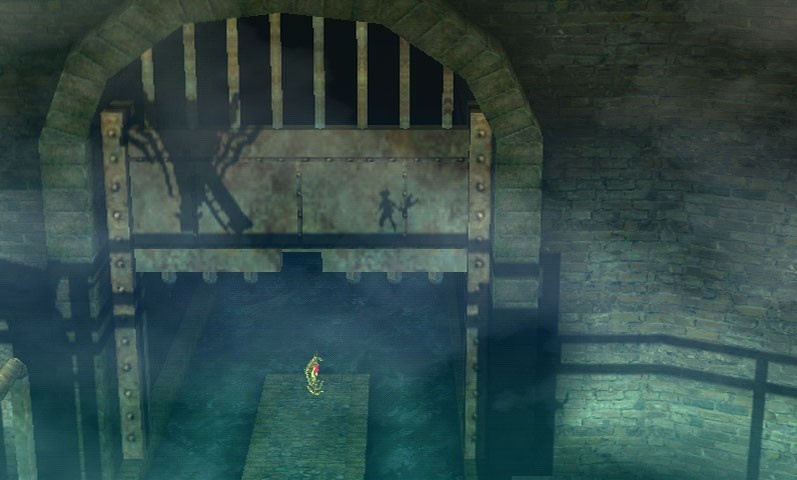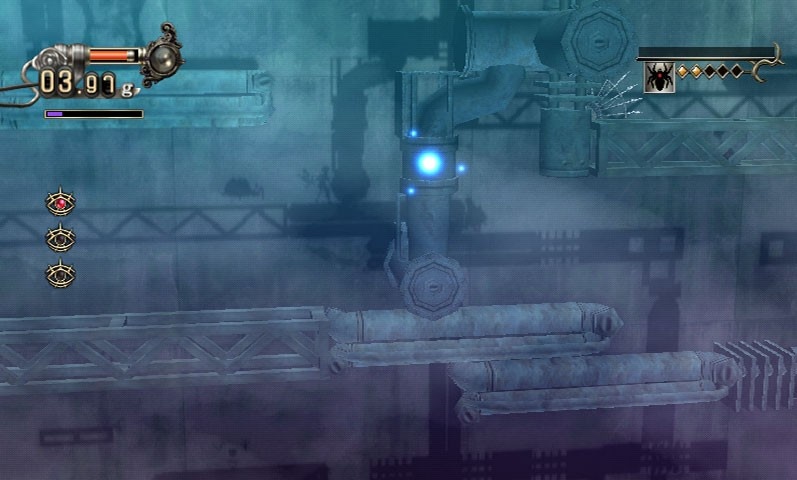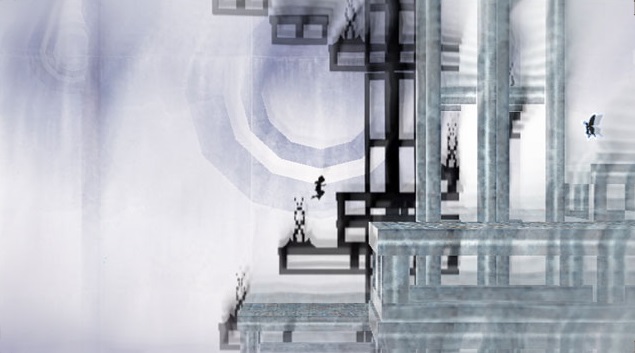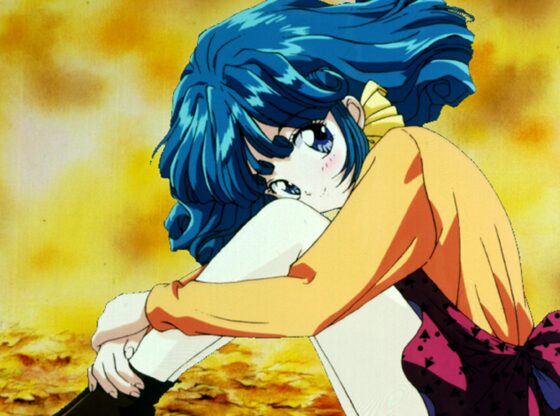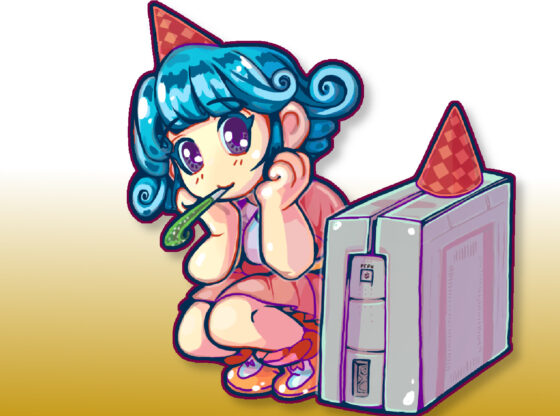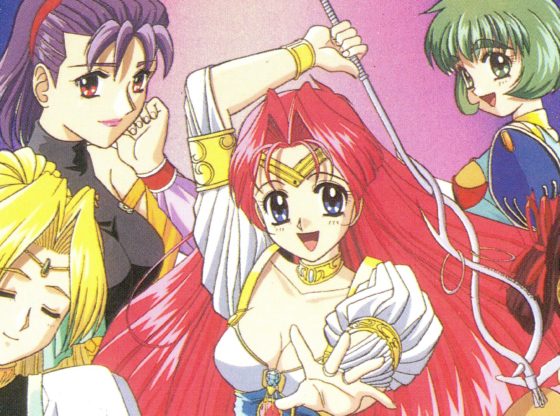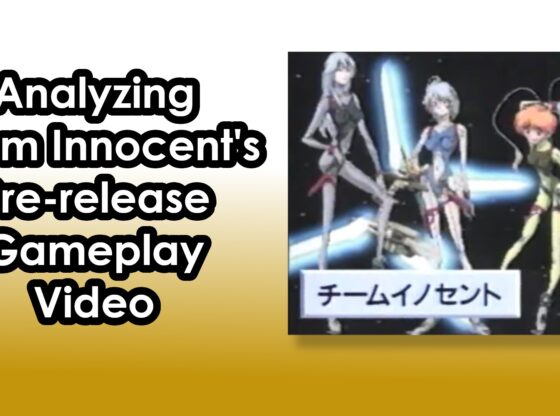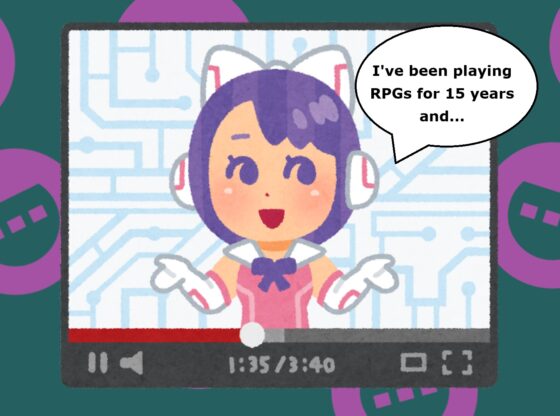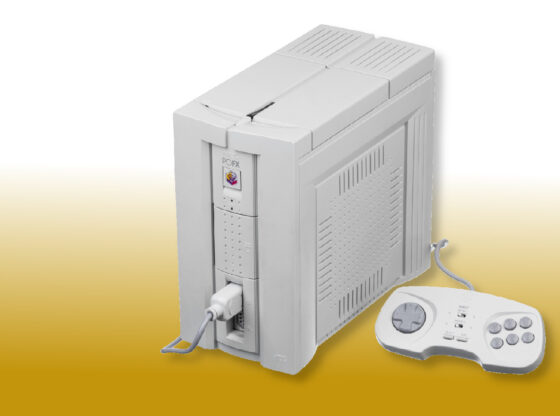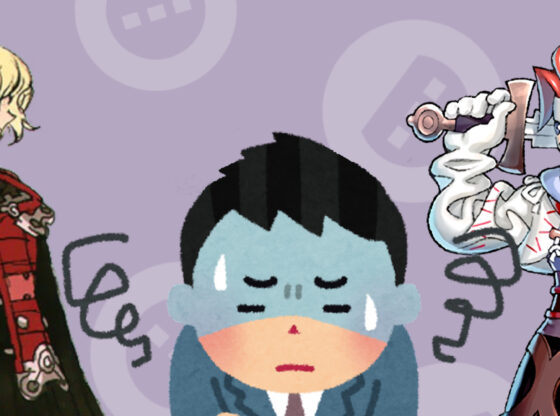Do you like ICO or Zelda? You should definitely give Lost in Shadow a look! While flawed, the game is essentially a 2D action adventure title with a heavy focus on puzzles. Sounds good to me! And it was pretty good. But don’t take my word for it.
…oh wait, this my word!
Hudson Soft isn’t exactly the big power house of software titles it used to be during the 16-bit era. Aside from Decasports, most of their new IPs haven’t broken much ground on the market. And over the last few years, they seem to have been heavily leaning on the Bomberman and Decasports franchises. But I have to give Hudson Software props not giving up on new IPs, like Lost in Shadow for the Nintendo Wii, or A Shadow’s Tale if you live over the pond in Europe. Following the holiday season with titles like Goldeneye, Kirby’s Epic Yarn and Donkey Kong Country Returns on the Wii, Lost in Shadow has a tough act to follow. Should you bring this title to the light of your collection, or should it simply stay lost in the shadows of store shelves?
Story
Lost in Shadow follows the story of a boy whose shadow has been separated from his body. After being thrown from atop of a tower where his body rests, the boy comes across a slyph (fairy-thing), who decides to accompany him on his quest to return to his body. Being a shadow, the boy is limited to climbing the tower only using the shadows of the world.
While Lost in Shadow has cutscenes, they are rare and usually amount to a few lines of text and some artwork. Most of the story is told through “memories” players find in the environment. These memories also, like the cutscenes, only provide a couple of lines of text. But they are frequently scattered about the game, making sure the story always feels prevalent. Lost in Shadow give you basic information about the world, the creatures, and how the boy himself feels, but leaves the players to fill in the rest of the blanks.
Gameplay
With the boy stuck in the shadows, most of the game takes place on a 2D plane, essentially making it a side scroller. And while your first impression may make you jump to the conclusion that Lost in Shadow is a pure platformer, it actually plays more like a 2D Zelda game. The bulk of the game is made up of puzzles that you solve by manipulating the real world to change the shadow world. This is mainly done by using the sylph, or your Wii Remote’s pointer, to rotate objects and move light sources in the world to create paths that the shadow boy can cross. Players will also have to take up a sword to combat foes. And while you will come across many enemies, it seems like combat was an after thought, giving players something to do in-between puzzles.
Lost in Shadow is broken up into different stages, which amounts to getting from point A to B. Although, there is an extra step to this process. With the exception of a handful of stages, every stage in the game requires players to collect three “Monitor Eye” spread across each stage. Once you collect all three, you can advance. Of course, these eyes aren’t just simply right on the path and in your face. Each stage has multiple branching paths, which are often the home of switches, memories, and eyes. If you happen to miss one of the eyes and hit the end of the level, you’ll have to turn around and find it. While it doesn’t tell you the exact location of the eyes, they tend to be at the beginning, middle and end of each area, making it easy to pinpoint exactly where you need to start looking. But be prepared to do some back tracking as the eyes are required to move on. Unfortunately, this above formula is used throughout the whole game. It becomes repetitive with little variation in terms of goals. Collect three eyes, move on, rinse and repeat.
The objective of the game isn’t the only thing that gets repetitive. While there is a good bit of variety in what you’re doing, covering sword-play, puzzle-solving and platforming, these elements rarely seem to evolve. While each of the puzzles are different, most of them amount back to using the exact same formulas over and over again, putting more of an emphasis on figuring out which formula fits the obstacle, instead of actually trying to solve new puzzles. The title does opens up with the ability to traverse the real world in 3D later in the game, but this quickly falls into a formula amounting to “move this here, to get shadow here.” Also, be prepared to do a lot of lever pulling to open doors and reveal new paths. These issues wouldn’t have been as apparent if the game didn’t feel stretched. If the game ended at 6 hours, it feels like it would have wrapped up the package nicely. But Lost in Shadow pulls another ten hours out of this formula. The amount of ideas they put into the title doesn’t match its length.
Presentation
Lost in Shadow’s highest point is probably its ICO like visuals and sound design. The game’s shadow visuals soak into the world well, and character and enemy animations are smooth. The real world’s whimsical environments look fantastic as well, but the real star of the show is how these two interact. Even though you will never traverse most of the real world, tons of detail were put into these environments. Each object is not only placed to function within the shadow environment, but looks functional on its own as a world, aside from the an occasional ladder that leads to nothing and some random spikes. Being set in the shadows, the title also has the freedom of changing the camera’s perspective, despite being a mainly 2D game. Often you’ll find yourself platforming along and realize, in the real world, you are actually traversing across the ground.
The low point for Lost in Shadow’s visuals isn’t because anything looks bad, but how it is difficult to distinguish what is or isn’t interactive. Most of the game you cannot pass through any shadows, as they act as walls and floors. But as you go on, you’ll find that there are exceptions to this rule with no distinguishing differences between which shadows you can or can’t pass through. This same rule applies to the objects you are able to rotate in the real world. Aside from a few set pieces, many of them look just like other objects in the world that you cannot manipulate. If you’re stuck, you usually will have to just start clicking around on the screen, seeing if you can get anything to move. And that’s not all, because of the way some light sources are hitting the environment, it can be difficult to tell if you are able to jump to a platform or not. You’ll find yourself trying to find alternate ways onto platforms you can simply just jump on without realizing it, or making multiple attempts at a jump you’re sure you can make, only to find out you actually can’t. So while the game looks far from bad, the inability to differentiate objects and the changes in the placement of light sources create a lot of trial and error moments.
Thankfully the sound design is great, not causing any problems! All the tracks in the game are subtle and create a sense of uneasiness as you continue up the tower. Add in some creepy sound effects, and you have yourself one chilling atmosphere.
Conclusion
As much as I’ve torn into Lost in Shadow, it is still a really enjoyable game. The visual style and sound design are superb, with an interesting, yet subtle, story. The gameplay mechanics of the shadow world itself are fun and it creates some unique challenges that you won’t find in many other titles. The problem with Lost in Shadow is a lot of little things add up that hurt the overall experience, especially the repetitive nature of the game. ICO fans will find it interesting if only for the visual and sound design…but honestly Lost in Shadow, in my opinion, is probably a more enjoyable game than ICO overall. Fans of the Zelda series may also want to give the game a look due to it feeling much like a 2D action adventure game, although with a heavier emphasis on puzzles. And at the budget price of $40, it gives you more game than a lot of other full priced titles out there. Just don’t be surprised if you have to put the game down a few times before you finish your adventure.
Score: 7.5
Pros:
- Beautiful visual and sound design reminiscent of ICO
- Shadow gameplay creates some unique challenges in terms of combat, platforming and puzzle-solving
- Story integrated into the game itself rather than relying heavily on cutscenes
- Lengthy adventure spanning around fifteen hours
Cons:
- Repetitive level design, objectives, combat, and puzzles that don’t evolve throughout experience
- Length of the game feels significantly stretched
- Difficult to differentiate interactive objects resulting in lots of trial and error moments
- Levers…levers everywhere…
- Minor amounts of backtracking


